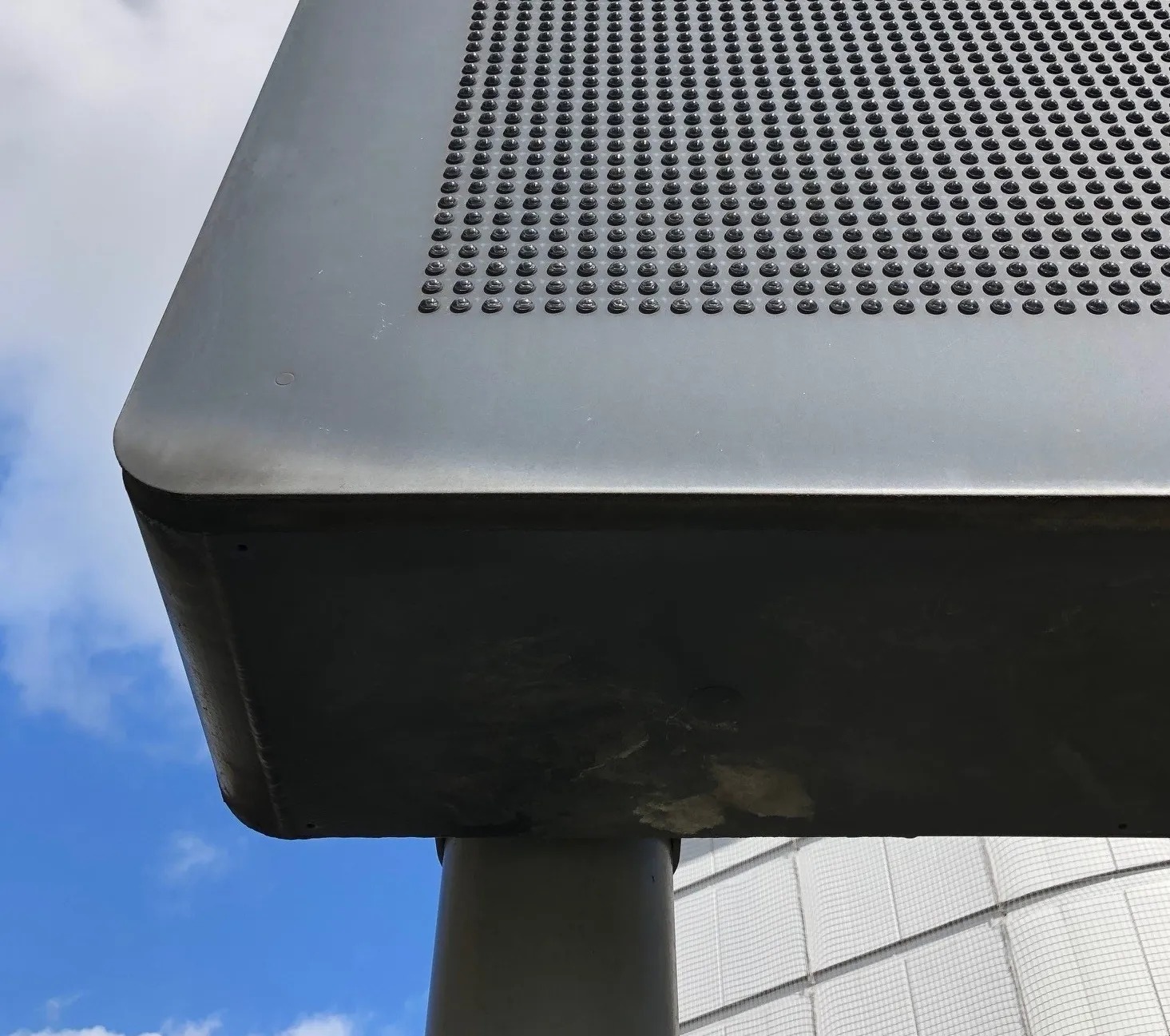ITS World Congress attendees will have the opportunity to experience GS2, a powerful new 1-U Processor by
“The Gridsmart team has spent the past 18 months developing GS2. We were passionate about creating a product that incorporated feedback from customers without losing any technological advancements customers have come to expect from a Gridsmart Processor,” said Mike Tourville, VP of Engineering. “We believe technology is only truly great when accessible to all in all ways: cost, ease of use, simplicity of maintenance and the ability to bend to your needs.”
Gridsmart is a single-camera, tracking-based vision solution for actuation and data collection at intersections and highways. GS2 runs the powerful Gridsmart engine and delivers intelligence to the intersection by tracking and building three-dimensional models on all roadway objects.
The company says the GS2, which is field repairable without the need for tools, has been reduced in size by two-thirds from the original Gridsmart Processor. It sports multiple USB 3.0 expansion ports for flexibility, and the intuitive LED front panel displays calls and light states for ultimate transparency. Another new addition to GS2 is a built-in Wi-Fi connection or a standard Ethernet connection.
Powerful vision based data collection from Gridsmart
ITS World Congress attendees will have the opportunity to experience GS2, a powerful new 1-U Processor by Gridsmart Technologies, before it is released in 2016. “The Gridsmart team has spent the past 18 months developing GS2. We were passionate about creating a product that incorporated feedback from customers without losing any technological advancements customers have come to expect from a Gridsmart Processor,” said Mike Tourville, VP of Engineering. “We believe technology is only truly great when accessi
July 31, 2015
Read time: 2 mins










